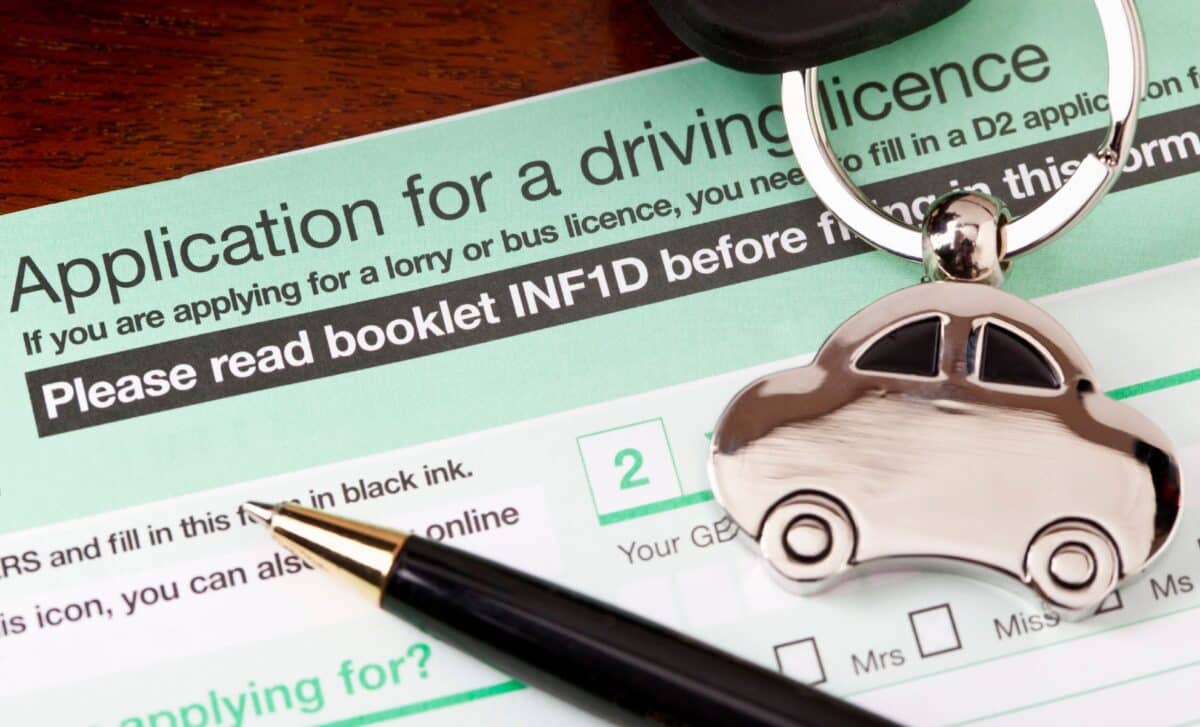Starting today, June 10, millions of British motorists will be affected by new driving licence regulations, particularly those driving electric and hydrogen-powered vehicles.
These updated rules are part of the UK government’s broader initiative to adapt to the increasing demand for zero-emission vehicles and to support the growing number of drivers transitioning to cleaner alternatives.
According to GBNews, the changes aim to streamline the driving experience for these environmentally friendly vehicles, while ensuring safety and ease of use. The adjustments also include allowances for specific vehicle types and updated limits that could impact a variety of vehicle categories.
The Surge in Zero Emission Vehicles
The UK’s transition from petrol and diesel vehicles to electric and hydrogen-powered cars has accelerated in recent years.
As more consumers opt for cleaner alternatives, the government has taken steps to ensure that drivers are equipped with the necessary skills to operate these vehicles safely.
The government states that zero emission vehicles are constructed to the “same high standards” as internal combustion engine (ICE) vehicles.
However, drivers are encouraged to familiarize themselves with their vehicle’s controls as these vehicles can handle differently.
Recent data shows a growing preference for zero-emission vehicles. In May alone, 33,000 new electric vehicles were registered, representing 21.8% of the UK market.
This is a notable share compared to the declining popularity of petrol and diesel vehicles. The figures highlight a 12.5% drop in petrol car registrations and a 15.5% decrease in diesel vehicles compared to the same period last year.
These trends show the continued shift away from fossil fuel-powered cars and toward more sustainable alternatives.
The Government’s Zero Emission Vehicle Mandate
The UK government has committed to the adoption of electric vehicles through its Zero Emission Vehicle (ZEV) mandate.
By the end of this year, manufacturers must ensure that at least 28% of their vehicle sales come from battery electric vehicles (BEVs).
This percentage will rise each year, with a target of 80% by the end of the decade. From 2030 to 2035, new petrol and diesel vehicles will be banned, with only zero-emission vehicles allowed for sale by 2035.
These goals are part of the UK’s broader strategy to reduce carbon emissions and phase out reliance on fossil fuels.
The continued rise in electric vehicle sales, such as the 1,655 new electric vans registered in May—representing 7.2% of the van market—illustrates the growing interest in cleaner commercial vehicles.
UK Driving Licence: New Entitlements for Category B Licence Holders
From today, the government is offering new entitlements for drivers holding a category B driving licence, allowing them to operate electric or hydrogen-powered vehicles with a maximum authorised mass (MAM) of up to 4,250kg.
This is a significant increase from the previous MAM limit of 3,500kg for petrol and diesel vehicles.
These new rules apply to a variety of vehicles, including cars, SUVs, vans, and small trucks.
Importantly, there will be no changes to the photocard driving licence itself, but the new entitlement will automatically apply to qualifying licence holders.
Additionally, vehicles equipped with specialist equipment to support disabled passengers can now have a MAM of up to 5,000kg, provided the extra weight is attributable to the equipment. This is an important exception that allows those with mobility needs to benefit from the new rules.









